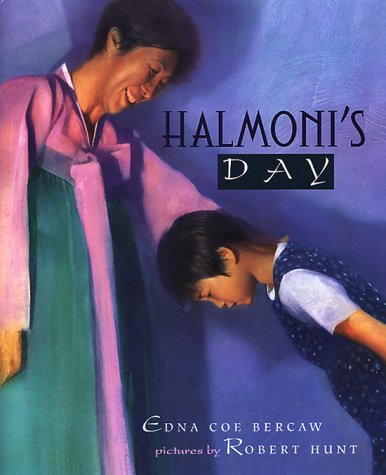
Bright Eyes, Brown Skin
Author: Cheryl Willis Hudson
Illustrated by: George Ford
Bright Eyes, Brown Skin is a picture book written for children between the ages of four and six. The author does a marvelous job in using rhymes to exalt different physical characteristics in positive ways. For example, she writes “A playful grin, a perfect nose…very special hair and clothes”. The characters in the book are all African American children and in the illustrations we see the joy and pride with which they carry themselves. The story ends with the four children all taking a nap after their long day
Bright Eyes, Brown Skin clearly represents element one in its use of wording. Often time things such as heart shaped faces or dimple chins are things which can cause children to feel shy. However, the author makes positive mentions about having characteristics which are different from others. The four children seem to feel good about who they are and look rather proud of themselves.
Green eyes, tan skin, freckles in my nose
Green eyes, tan skin, small chubby fingers
I believe this activity could really help my young students take pride in things they may have otherwise thought made them inferior.








